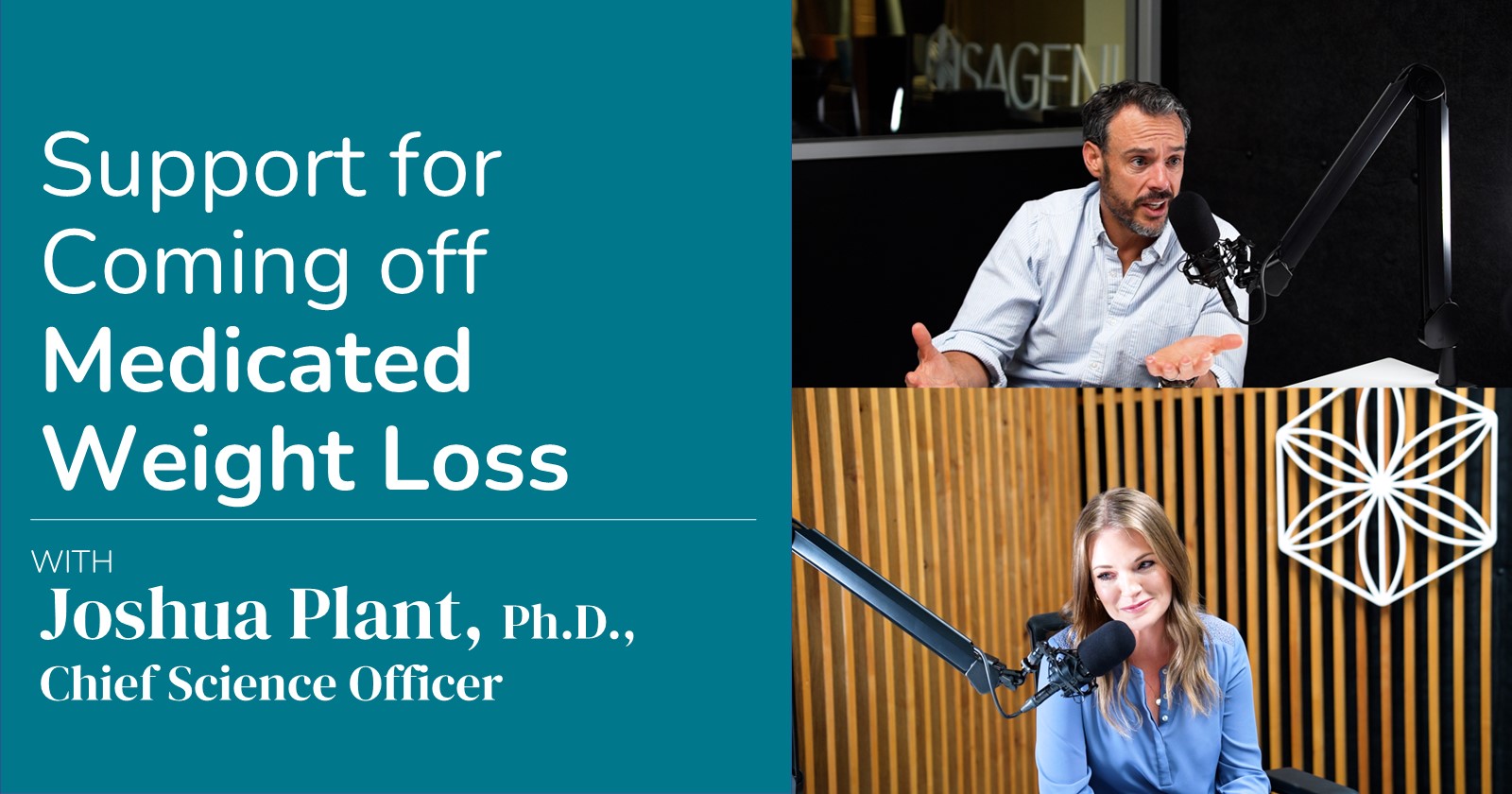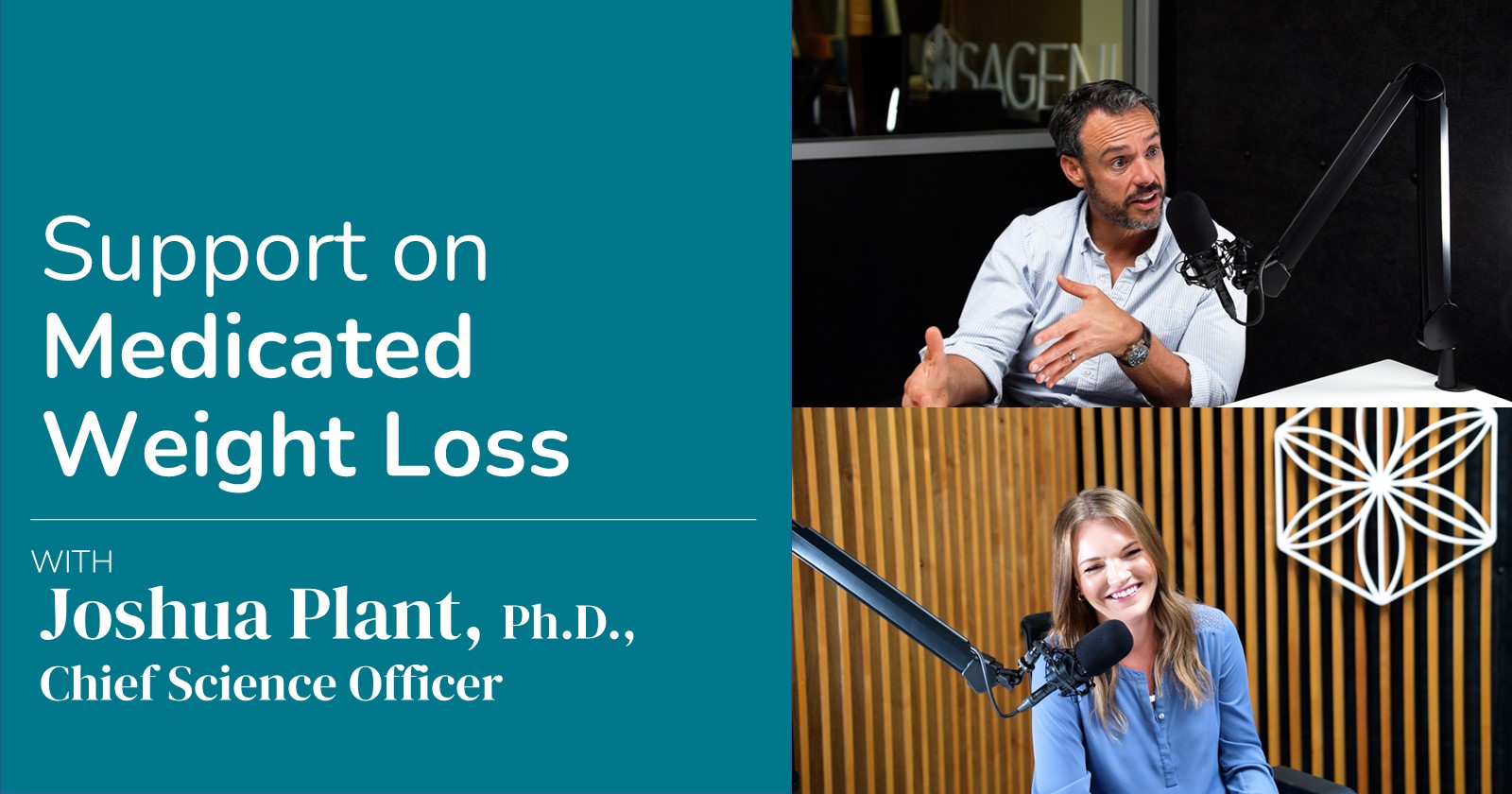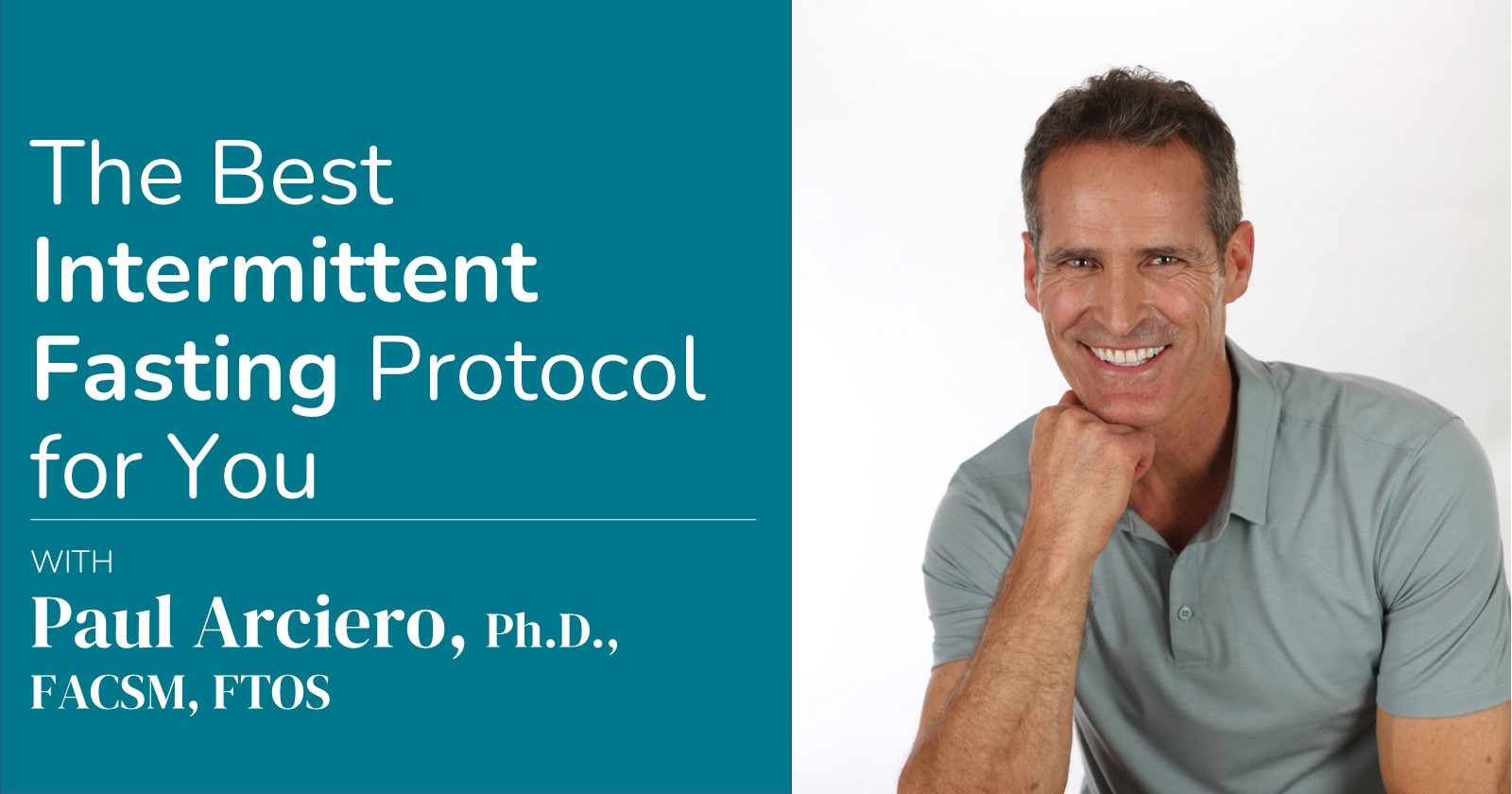Wouldn’t it be nice if you could choose which areas of your body lose fat? Unfortunately, we have no say in the matter of fat burning, as that process is largely dictated by neural factors and hormones in the body.
Scientific studies have revealed more about the factors that determine why our bodies burn fat in certain places. This new information can provide more insight into the practice of reducing fat in certain areas.
Blood Flow and Body Fat Release
Blood flow and body fat release are related. Body fat tissue, or adipose tissue, had historically been thought of as an inert tissue, but more recent discoveries show that adipose tissue is highly vascular, responsive to hormones, and even releases its own hormones (1-4).
More specifically, body fat is responsive to hormones called catecholamines that include adrenaline and norepinephrine. These hormones bind to receptors all around the body.
In body fat tissue, there are both alpha-2 and beta (1, 2, and 3) receptors. When beta receptors are activated, fat is released. When alpha-2 receptors are activated, fat loss is stalled (4). Because the more “stubborn” fat areas in the body tend to have a higher ratio of alpha-2 to beta receptors, they release fat tissue at a slower rate (4).
In general, it can be a good thing that your body tends to preferentially get rid of the body fat that is most harmful. Visceral fat, for example, is highly vascular and often the first type of body fat to go while on a weight-loss plan (5-7). Visceral belly fat, or abdominal fat that surrounds internal organs, is associated with cardiovascular health in part due to its release of hormones and hormone-like factors with detrimental effects on metabolism.
Visceral belly fat tends to be more than 10 times more responsive to adrenergic activation from catecholamines (8, 9) than subcutaneous fat, the type of fat found just underneath the skin such as on the hips or thighs—a reality that a lot of women might wish weren’t true.
Visceral Fat: Gateway to Getting Rid of “Stubborn” Fat
The good news is that science does suggest that there’s a key to unlocking fat release from “stubborn” areas. It’s simply to focus on getting rid of visceral fat first.
By focusing on visceral fat, then maintaining a consistency in weight loss, you eventually burn off subcutaneous fat from “stubborn” areas.
The scientific literature has also identified a handful of methods that can help with more rapid release of visceral fat:
Exercising on a daily basis not only burns calories and supports muscle maintenance, but it can help with the release of more catecholamines that can lead to a faster release of visceral fat, as well as facilitate more blood flow in “stubborn” areas (10).
Intermittent fasting, such as in the form of Cleanse Days on an Isagenix System is shown to help to more rapidly reduce visceral fat providing a head start to burning more fat in other areas (11, 12).
Increasing intake of protein, particularly whey protein, while reducing intake of total carbohydrate such as through the use of meal replacement shakes is shown to help speed up the loss of visceral fat and facilitate weight loss more consistently week to week (13).
Eating more polyunsaturated fats from plants and fish appears to also decrease the activity of alpha-2 receptors, as well as support blood sugar control, which can assist in mobilizing both the release of visceral and subcutaneous body fat (14, 15)
Drinking caffeine as part of a daily routine can not only help power workouts, but may also support the release of catecholamines in the body contributing to release of visceral and subcutaneous fat (16, 17).
Consistency of weight loss is critical. There’s an upside to less noticeable weight loss from visceral areas of the body—that your body “knows” what fat loss is best for your health, and that subcutaneous body fat from those more “stubborn” areas is next to go.
References
- Frayn KN, Karpe F, Fielding BA, Macdonald IA & Coppack SW. Integrative physiology of human adipose tissue. Int J Obes Relat Metab Disord. 2003 Aug; 27(8):875-88.
- Lafontan M, Barbe P, Galitzky J, Tavernier G, Langin D, Carpéné C, Bousquet-Melou A & Berlan M. Adrenergic regulation of adipocyte metabolism. Hum Reprod. 1997 Oct; 12 Suppl 1:6-20.
- Arner P. Differences in lipolysis between human subcutaneous and omental adipose tissues. Ann Med. 1995 Aug; 27(4):435-8.
- Mauriege P, Galitzky J, Berlan M & Lafontan M. Heterogeneous distribution of beta and alpha-2 adrenoceptor binding sites in human fat cells from various fat deposits: functional consequences. Eur J Clin Invest. 1987 Apr; 17(2):156-65.
- Racette SB, Weiss EP, Villareal DT, Arif H, Steger-May K, Schechtman KB, Fontana L, Klein S, Holloszy JO; Washington University School of Medicine CALERIE Group. One year of caloric restriction in humans: feasibility and effects on body composition and abdominal adipose tissue. J Gerontol A Biol Sci Med Sci. 2006 Sep; 61(9):943-50.
- Ross R, Dagnone D, Jones PJ, Smith H, Paddags A, Hudson R & Janssen I. Reduction in obesity and related comorbid conditions after diet-induced weight loss or exercise-induced weight loss in men. A randomized, controlled trial. Ann Intern Med. 2000 Jul 18; 133(2):92-103.
- Ross R, Janssen I, Dawson J, Kungl AM, Kuk JL, Wong SL, Nguyen-Duy TB, Lee S, Kilpatrick K & Hudson R. Exercise-induced reduction in obesity and insulin resistance in women: a randomized controlled trial. Obes Res. 2004 May; 12(5):789-98.
- Wahrenberg H, Lönnqvist F & Arner P. Mechanisms underlying regional differences in lipolysis in human adipose tissue. J Clin Invest. 1989 Aug; 84(2):458-67.
- Jensen MD, Cryer PE, Johnson CM & Murray MJ. Effects of epinephrine on regional free fatty acid and energy metabolism in men and women. Am J Physiol. 1996 Feb; 270(2 Pt 1):E259-64.
- Thomas EL, Brynes AE, McCarthy J, Goldstone AP, Hajnal JV, Saeed N, Frost G & Bell JD. Preferential loss of visceral fat following aerobic exercise, measured by magnetic resonance imaging. Lipids. 2000 Jul; 35(7):769-76.
- Klempel MC, Kroeger, CM, Bhutani S et al. Intermittent fasting combined with calorie restriction is effective for weight loss and cardio-protection in obese women. Nutr J 2012 11:98. doi: 10.1186/1475-2891-11-98.
- Kroeger CM, Klempel MC, Bhutani S et al. Improvement in coronary heart disease risk factors during an intermittent fasting/calorie restriction regimen: Relationship to adipokine modulations. Nutr Metab 2012;9:98. doi: doi: 10.1186/1743-7075-9-98
- Arciero PJ, Ives SJ, Norton C, Escudero D, Minicucci O, O’Brien G, Paul M, Ormsbee MJ, Miller V, Sheridan C, He F. Protein-Pacing and Multi-Component Exercise Training Improved Physical Performance Outcomes in Exercise-Trained Women: PRISE 3 Study. Nutrients 2016, 8(6), 332; doi:10.3390/nu8060332
- Gesta S, Hejnova J, Berlan M, Daviaud D, Crampes F, Stich V, Valet P & Saulnier-Blache JS. In vitro and in vivo impairment of alpha2-adrenergic receptor-dependent antilipolysis by fatty acids in human adipose tissue. Horm Metab Res. 2001 Dec; 33(12):701-7.
- Bradley U, Spence M, Courtney CH, McKinley MC, Ennis CN, McCance DR, McEneny J, Bell PM, Young IS & Hunter SJ. Low-fat versus low-carbohydrate weight reduction diets: effects on weight loss, insulin resistance, and cardiovascular risk: a randomized control trial. Diabetes. 2009 Dec; 58(12):2741-8.
- Anderson DE & Hickey MS. Effects of caffeine on the metabolic and catecholamine responses to exercise in 5 and 28 degrees C. Med Sci Sports Exerc. 1994 Apr; 26(4):453-8.
- Astrup A, Toubro S, Cannon S, Hein P, Breum L & Madsen J. Caffeine: a double-blind, placebo-controlled study of its thermogenic, metabolic, and cardiovascular effects in healthy volunteers. Am J Clin Nutr. 1990 May; 51(5):759-67.





